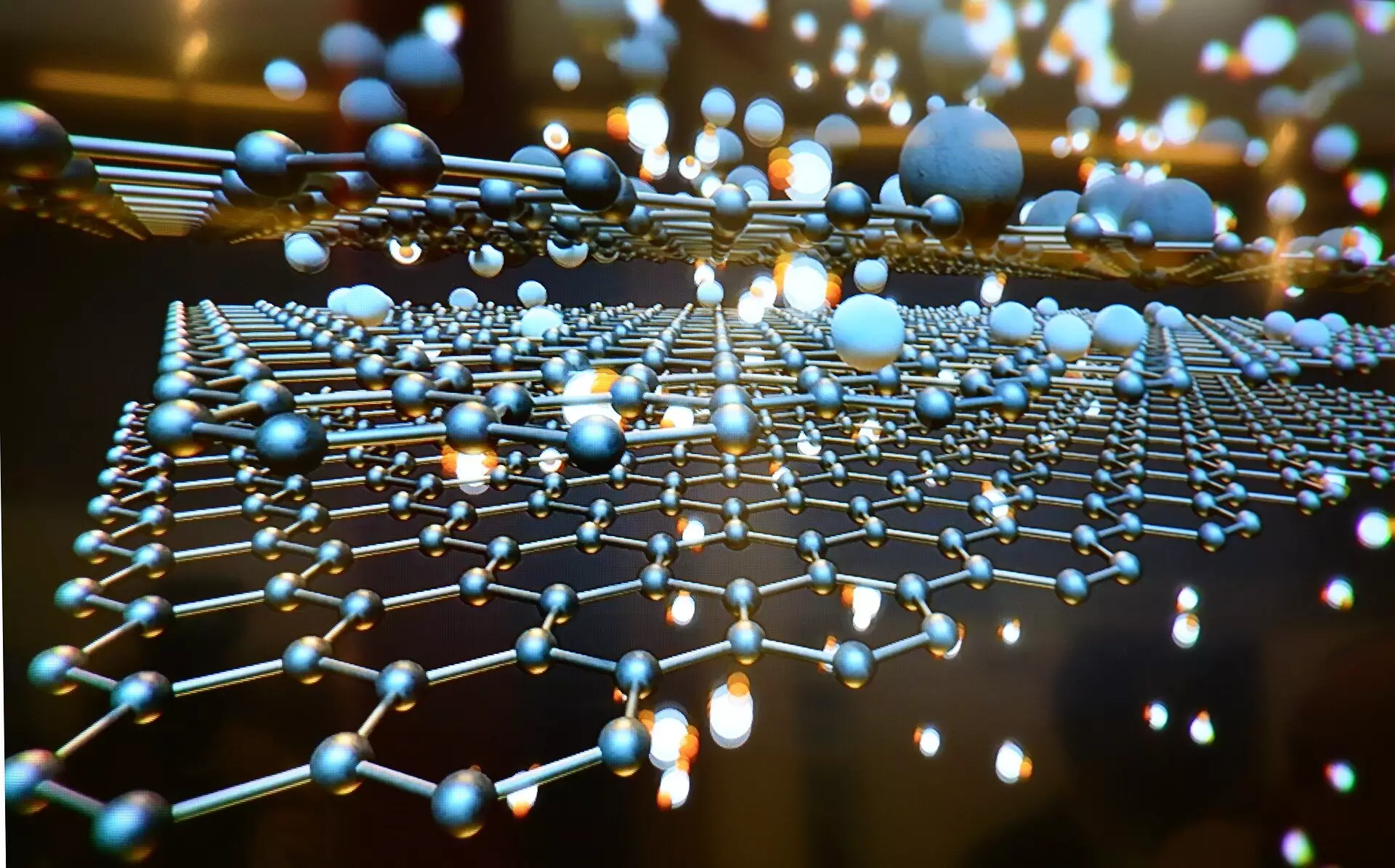Traditionally, the presence of voids or pores in materials has been perceived as a significant drawback, compromising mechanical performance and overall integrity. The prevailing belief among engineers and materials scientists has been to eliminate such imperfections during manufacturing processes. However, a groundbreaking study led by Professor Jin Haijun at the Institute of Metal Research, Chinese Academy of Sciences, has brought a refreshing perspective to this age-old assumption. Contrary to long-held views, the researchers propose that nanoscale voids, when strategically introduced, can enhance the mechanical properties of materials. This paradigm shift opens new avenues for innovation across various fields.
The cornerstone of their research is a novel material named nanovoid dispersed gold (NVD Au). This material is characterized by its impressive abundance of nanoscale voids, which can range from just a few nanometers to several hundred nanometers in size. Unlike conventional materials, where voids often lead to mechanical failure, NVD Au exhibits superior strength and ductility. The study highlights that this unique structure allows the material to endure higher loads and elongate considerably without fracturing, a significant upgrade compared to fully dense gold.
The creation of NVD Au hinges upon an advanced combination of techniques including a corrosion method called dealloying, thermal annealing, and compression. This multifaceted approach not only promotes the desired nanoscale void distribution throughout the gold matrix but also ensures that the intrinsic physical and chemical properties of gold remain largely intact. The team successfully managed to increase the material’s performance while simultaneously achieving a reduction in density, thus exemplifying an ideal case of lightweighting in material design.
Professor Jin and his research team attribute the enhanced properties of NVD Au to improved dislocation-surface interactions and minimized crack nucleation that the structure fosters. These factors are instrumental in enhancing the overall performance of the material, allowing it to withstand unexpected stressors better than traditional alternatives. This new understanding significantly alters the narrative concerning voids in material science and paves the way for further research into how manipulating nanoscale features can yield beneficial effects.
The implications of this research extend far beyond the laboratory. The potential for utilizing NVD Au could revolutionize industries ranging from electronics to aerospace manufacturing. By leveraging the unique properties of nanoscale voids, companies could fabricate lighter, stronger materials that maintain the durability required for high-performance applications. The collaboration between the Institute of Metal Research, Liaoning Academy of Materials, and Nanjing University of Science and Technology signals an exciting era of interdisciplinary research aimed at refining material performance through innovative approaches.
Overall, the findings from this study not only challenge existing conventions but also inspire a more nuanced understanding of material design. By recognizing the potential advantages presented by nanoscale voids, the realm of material science stands on the brink of a transformative evolution.

